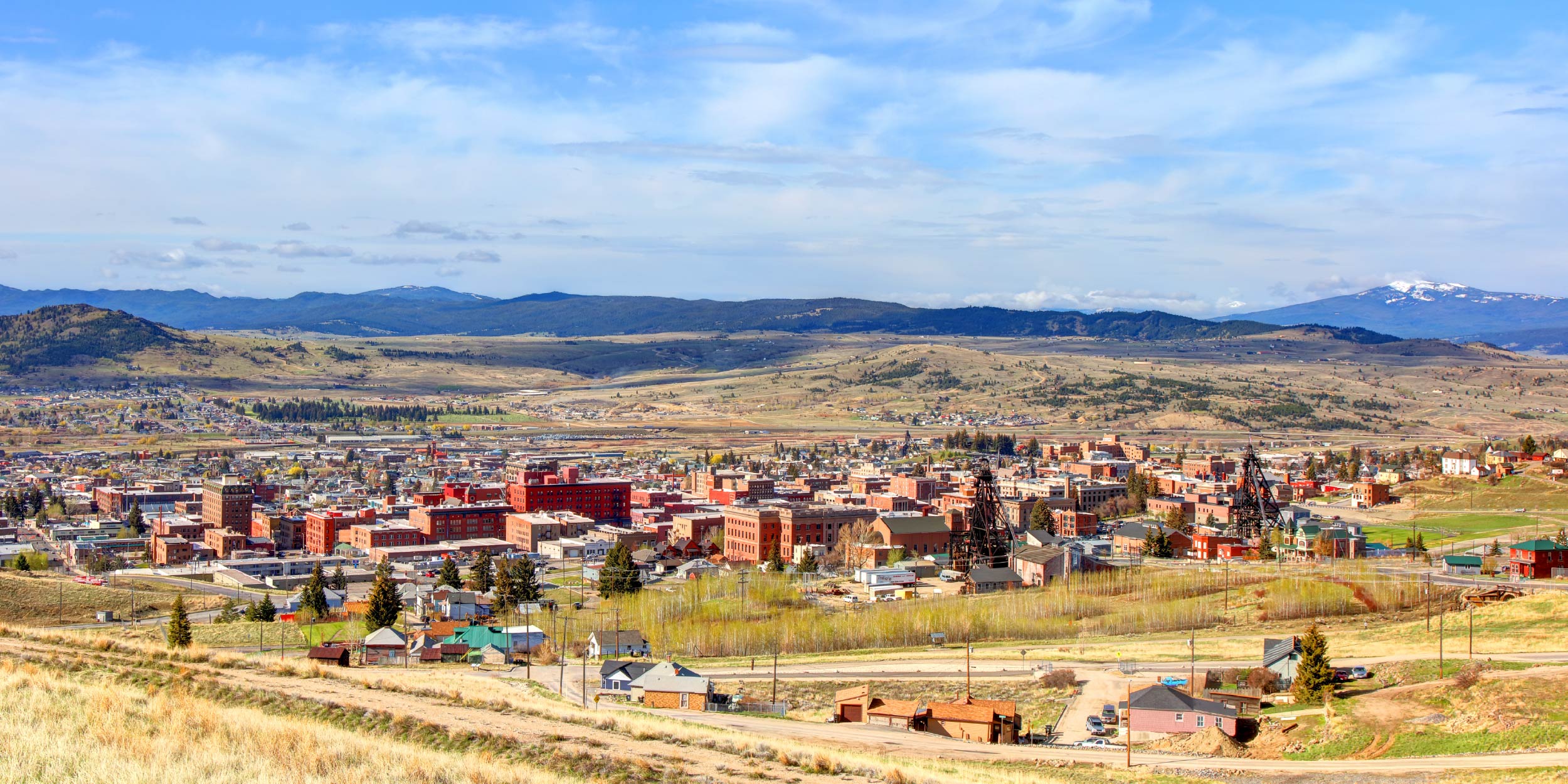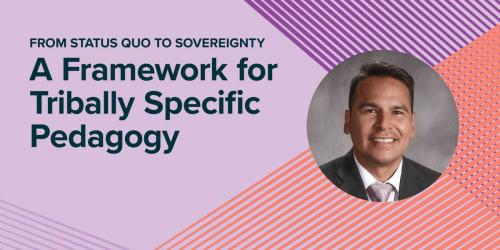Lessons from Montana: Educational Equity Policies for American Indian Students

When it comes to progressive educational policy for American Indian students, Montana is seen as a leader. Back in 2009, Education Northwest (known then as the Northwest Regional Educational Laboratory) identified 13 key policies needed to appropriately address achievement gaps in Indian Country. Montana was the only state in the region to have established policies in each of the identified areas, and the positive impact is clear. The state’s Office of Public Instruction (OPI) has demonstrated that Montana’s achievement gap in Indian Country is indeed shrinking. Between 2009 and 2013, American Indian student graduation rates increased by 5 percent.
We can also look at Montana’s additional efforts to promote academic achievement in Indian Country. Here are some examples of Montana’s current state policies that help provide an equitable educational environment for American Indian students:
- The Montana Indian Language Preservation (MILP) program provides each of Montana’s tribes with support to revitalize their tribal languages through preservation efforts and curriculum development associated with the Indian Education for All statute.
- The Tribal Language Immersion Program provides funding to the Office of Public Instruction to distribute to a select number of schools that implement a tribal language immersion-style program. This program is intended to put to use the material and curriculums created under the MILP program.
- Schools of Promise Initiative is a federally funded program that assists a small number of schools on reservations to provide additional support to improve student success and increase graduation rates. This program provides each district a school board coach, a wraparound service coordinator, and a graduation coach.
- Indian Education For All (IEFA) requires integration of American Indian culture, history and contemporary issues into every classroom’s curriculum. This initiative benefits all students in many ways. However it has a particular impact on Native American students. Including culture, language, history, and contemporary issues in the classroom has been shown to contribute to higher success rates for Indian students.
- American Indian Achievement Gap Program provides additional state funds to schools for each of their American Indian students. This ANB funding is $200 per enrolled student and gives a boost to schools to provide programs and services aimed at closing the existing achievement gap.
- The Office of Public Instruction established the Montana Advisory Council on Indian Education. This group of American Indian professionals is tasked with advising on anything related to education in Indian Country, such as IEFA curriculum review, promoting state-tribal consultation and partnerships, and identifying best practices for Indian students and their educators.
State investments in closing achievement gaps are good for all kids, families, and our communities. For American Indian students, states can create equitable educational environments by establishing policies and programs similar to those demonstrated by Montana, such as establishing American Indian community advisory committees, increasing parent involvement, providing culturally-responsive professional development for teachers, and producing curriculum that includes American Indian culture and history in all academic subjects. These are all worthy state investments to increase equitable practices and make our educational systems valuable to all students.



